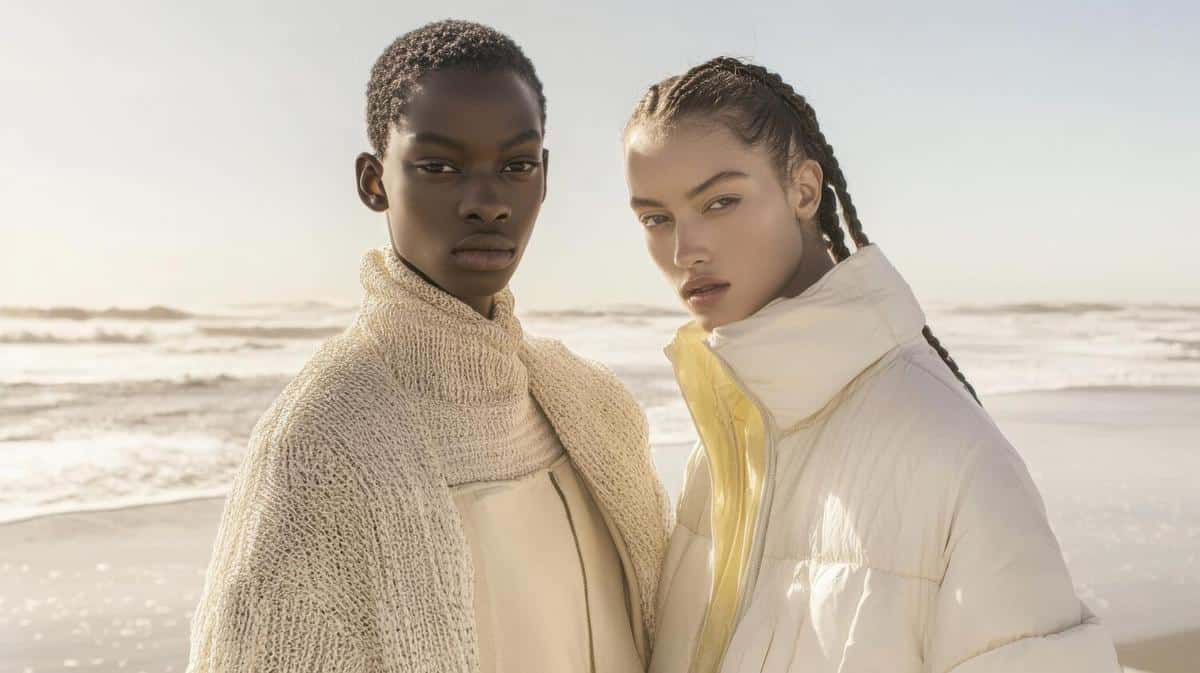
Breaking Gender Norms: Fashion as a Form of Expression
Fashion has long served as a canvas for self-expression and identity, transcending the boundaries set by cultural gender norms. As society becomes increasingly inclusive, clothing is emerging as a powerful tool for challenging traditional gender roles and embracing individuality.
In the realm of fashion, breaking gender norms is an exciting and evolving trend. Many experts, like fashion historian Valerie Steele, believe that fashion is a reflection of changing cultural landscapes. Steele notes that “fashion has always been a form of rebellion and self-expression” and today, it’s challenging the very notion of gender-specific clothing.
Exploring Gender-Neutral Fashion
The rise of gender-neutral fashion reflects a broader societal shift towards inclusivity. According to a report by Statista, the global market for unisex clothing is projected to grow significantly over the next decade. This shift is largely driven by younger generations who prioritize authenticity and personal expression over traditional conventions.
Personal Stories and Experiences
Consider the story of Alex, who found confidence and self-expression in gender-neutral fashion. Growing up in a conservative environment, Alex often felt constrained by traditional gender roles. It was through experimenting with different styles that Alex discovered the freedom to express their true self, illustrating how fashion can be a liberating force.
Actionable Tips for Embracing Gender-Neutral Fashion
- Start with basics like oversized shirts and neutral-colored pants to ease into gender-neutral styles.
- Experiment with layering to create versatile looks that suit your personal style.
- Don’t shy away from bold accessories that break traditional norms.
Comparison: Traditional vs. Gender-Neutral Fashion
| Aspect | Traditional Fashion | Gender-Neutral Fashion |
|---|---|---|
| Color Palette | Typically gender-specific | Neutral and varied |
| Fit | Gender-specific sizing | Inclusive sizing |
| Design | Gender-targeted designs | Unisex designs |
| Cultural Impact | Reinforces norms | Challenges norms |
| Accessibility | Traditionally separated sections | Integrated sections |
| Price Range | Varies by gender | More uniform |
| Market Growth | Stable | Growing |
| Influence | Conventional | Progressive |
Frequently Asked Questions
What is gender-neutral fashion?
Gender-neutral fashion involves clothing that is not specifically designed for any gender, allowing for more personal expression.
Why is gender-neutral fashion important?
It promotes inclusivity and allows individuals to express their identity without the constraints of traditional gender roles.
How can I start incorporating gender-neutral fashion into my wardrobe?
Start by choosing versatile pieces, experimenting with layers, and mixing different styles to find what suits you best.
Conclusion
Fashion as a form of expression is breaking barriers and redefining norms in today’s society. By embracing gender-neutral fashion, individuals can showcase their unique identities while challenging conventional gender roles. As this trend continues to grow, it encourages a more inclusive and accepting world, one outfit at a time.